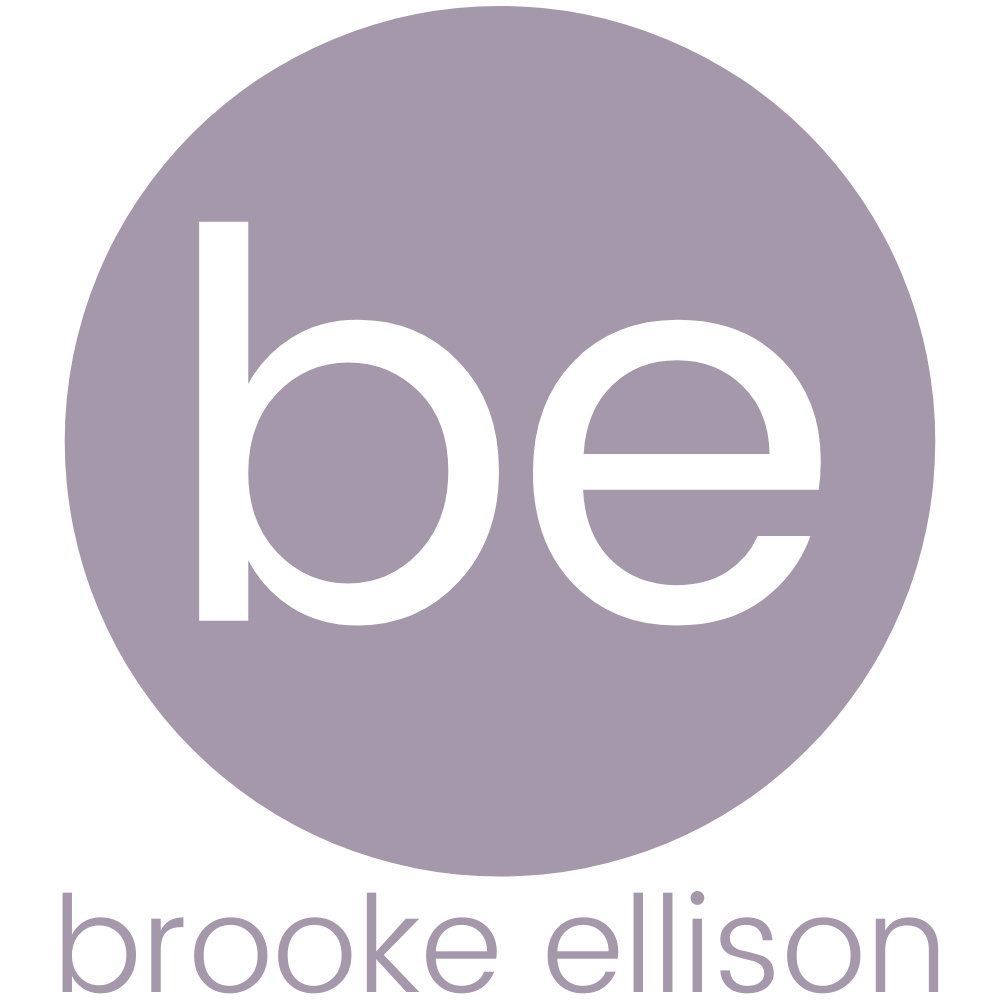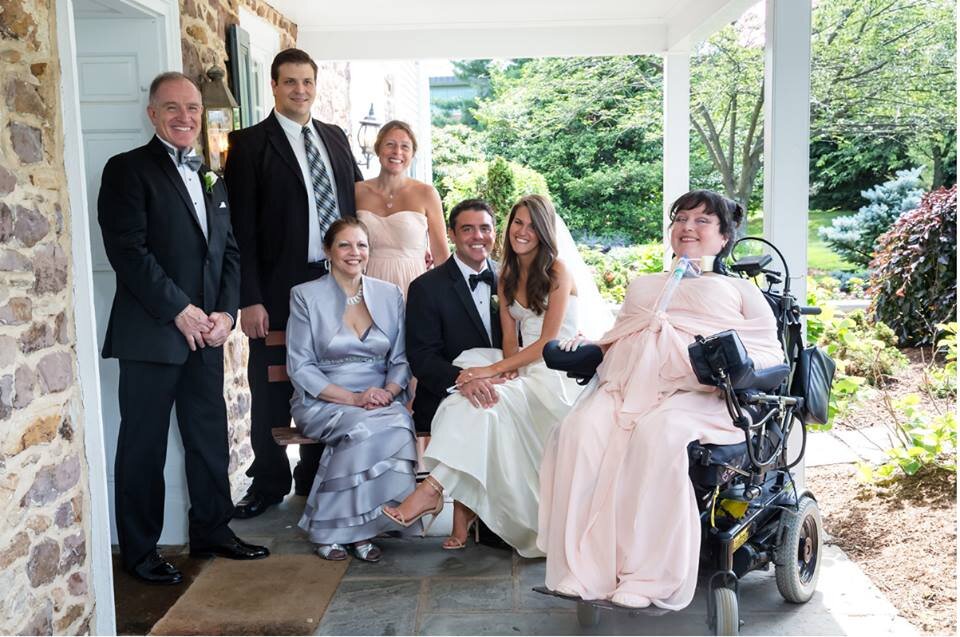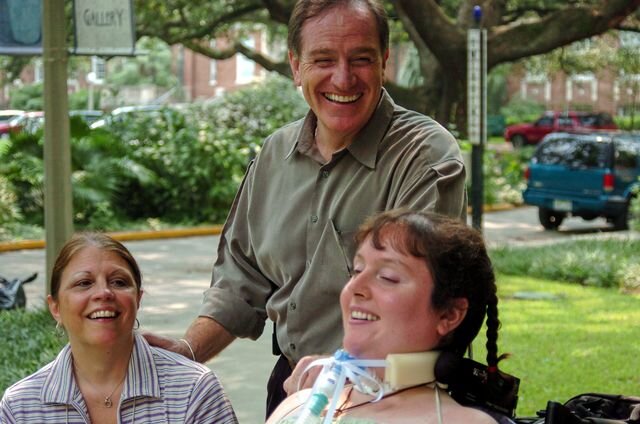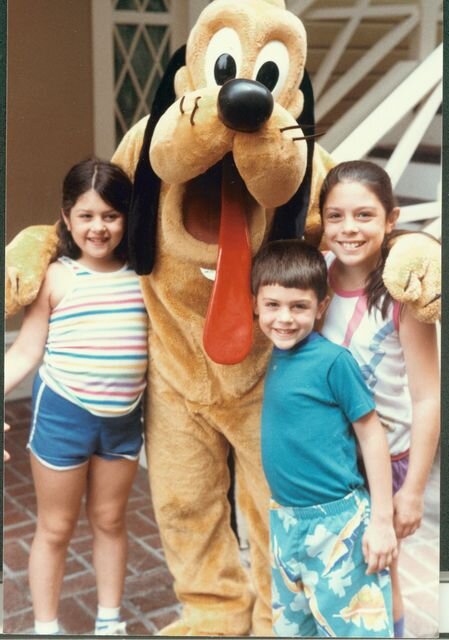Inside LOOK BOTH WAYS
Hello everyone!
I finished writing my first draft of LOOK BOTH WAYS quite some time ago, just before the pandemic hit, in fact. As I was writing it, I had no idea what the upcoming year would look like for the world. I had spent well over a year reflecting on events in my life and digging deeply into my emotional reserves surrounding questions I have had about the nature of our existences, yet I couldn’t have anticipated how relevant some of these ideas and experiences would be to far more people who would, soon and unwittingly, come to see some of the most difficult sides of life, themselves. But, it should not have had to take a pandemic for me to remember what I always knew – that pain and challenge are universal characteristics of life, very much the same way that love is a universalizing quality of life and how hope and resilience can be a universalizing aspect of our identities. These are threads that can and often times do unite us all – a pandemic only makes this unity that much more obvious.
LOOK BOTH WAYS is 11 chapters. 11 honest, difficult, liberating, and vulnerable chapters which forced me to put to words not only ideas I have never discussed but also ideas I have never been brave enough to think about. Writing LOOK BOTH WAYS was exhausting but in the best, most satisfying, and most cathartic way. In my bedroom, with the lights off and sometimes even with my eyes closed, I spent every day of the summer of 2019 – from early in the morning until the late summer sun set – bearing my soul in word form. There were many times when I thought I was perhaps being too honest, other times when I thought I wasn’t being honest enough, and many more times when I was afraid about what I would find inside my head and my heart if I looked too deeply into them. But, it was through this process that I drew strength and self-awareness. It was through the process of better getting to know myself and claiming stronger ownership over the narrative of my life that my own sense of resilience was less amorphous and more anchored to who I am. That was a gift that I never anticipated.
LOOK BOTH WAYS is 11 chapters. 11 powerful chapters, I think. These are the 11 chapters:
The Introduction
I began LOOK BOTH WAYS with a brief introduction about the purpose of the book, the motivation behind it, and where I expect it will take readers as they read. The introduction is sort of my roadmap of the book and a glimpse into what lies in the pages ahead.
Chapter 1: Origins
It is difficult for me to discuss the lessons I learned in my life without providing a context within which I have learned these lessons. In fact, I'm not sure if one could exist without the other. In the first chapter of LOOK BOTH WAYS, Origins, I wade – both honestly yet a bit tentatively – into the events and circumstances that I faced as a child, undergoing a paralyzing accident, living in a hospital for nine months, and learning to understand what disability meant to the physicality of my life. This chapter sets the stage for the remaining 10.
Chapter 2: Mechanics
There is a tremendous amount of my day-to-day life that people are both curious about but also reluctant to inquire about. I understand that. There is an awkward discomfort in asking people about seemingly personal parts of their daily lives. In Chapter 2, Mechanics, I talk about many of the questions I know people ask in hushed undertones or secretly in their heads about what it's like to live with paralysis – what it's like to drive a wheelchair, what it feels like to be paralyzed, what it feels like to breathe through a ventilator. And I talk about structures of society that have yet to include people with disabilities as valuable contributors.
Chapter 3: The Family of the Disabled Child
Chapter 3 is a particularly personal account of how families of children and people with disabilities live their lives. Although many of the chapters were difficult to write, this one was especially for difficult for me to write, as it forced me to examine parts of my life and myself that I have been – or had been – reluctant to truly analyze. In this chapter, I include a significant amount of sociological information about the lives and employment statuses that people with disabilities face. I place this information in an overall discussion of my life as a disabled family member and what that has meant to me.
Chapter 4: Invisibility and Infantilization
I am proud of who I am, and of all the aspects of my identity. Yet, there have been many times when the opinions, actions, and biases of others have reflected an antiquated and inaccurate interpretation of who people with disabilities are, what their lives are like, and what they are very much capable of doing. I see it every day and it is a characteristic of society that I have worked to change, both through word and through deed. In Chapter 4, I discuss the ways in which people with disabilities are marginalized and treated as less-than-valuable in society. I have experienced this in person and have seen it from an observer’s standpoint, and they are built on a legacy of anachronistic preconceptions that are long overdue for change. People with disabilities face multiplicative levels of bigotry and these have had significant effects on how they participate, or are unable to participate, in society.
Chapter 5: Not Born This Way
Chapter 5 is designed to be a transitional chapter in LOOK BOTH WAYS. In this chapter, I translate the focus from disability as it is typically understood to disability as a manifestation of empowerment and strength, a valuable and critical part of both identity and society. Chapter 5 is a verbal representation of the transformation I have experienced in my life, and it is a vision for the transformation I hope to see in the world.
Chapter 6: I Love
I dream about being in love – madly in love – all the time. I am not of a mind that I need someone else to complete the person I am, but, when it comes to love, I think about all of the ways I think I would be absolutely stellar at it: what I have to offer another person, what kind of future I would want to create, how I would put my entire heart and soul into it. In chapter 6, I discuss my experiences with love. I use this chapter to talk about an often uncomfortable subject of disability and sexuality, and how our failure as a society to think about people with disabilities as loving, lovable, and sexual beings has done a disservice to everyone. These are difficult topics to talk about because they are so personal, so intimate, and so often a lens through which we understand ourselves.
Chapter 7: Path Dependence
The shortest distance between two points in our lives is rarely a straight line. Our lives take unexpected turns, putting us on trajectories that we never anticipated and often never wanted to be on. And, these course corrections can be overwhelming. Disorienting. Intimidating. This happens to all of us and it is part of being human. In this chapter, I discuss the vision I had for my life as a child and how this vision got rerouted, given the accident I faced. Chapter 7 is a critical “instruction manual” of sorts about how to build hope and find resilience when life presents us with challenge – any kind of challenge, not just disability.
Chapter 8: Politics and Leadership
I view hope and leadership to be tightly correlated concepts, one the logical continuation of the other. While I don’t understand leadership to be synonymous with politics – in fact, I think that far too often they are antagonistic with one another – sometimes, when done right, politics can reflect the ideals that effective leadership embodies. Chapter 8 puts a focus on my involvement in politics and how this was fostered by work done in leadership – adaptive leadership, in fact, which is a leadership paradigm that has guided my life and given me the empowerment to tackle societal challenges. This chapter includes a discussion about the lack of representation among people disabilities in political office and why this is one of the last but underexplored facets of diversity and inclusion.
Chapter 9: Stem Cells
I have been an advocate for stem cell research for nearly two decades. I view stem cell research to be an avenue of science at its best and most promising: an application of human knowledge to alleviate human suffering and for the benefit of humankind. Working to advance this field has been one of the aspects of my life of which I’m most proud. In chapter 9, I look at disability from a different standpoint: biomedical research and treatment for disease and disability. The idea of “cures” and biomedical research is highly controversial within the disability community, yet there are many people with disabilities – myself, included – who look to biomedical research as a source of hope. In this chapter, I look at the complex debate surrounding stem cells and other forms of biomedical research, and how it has been contextualized from a disability standpoint. This chapter also discusses how my work in this field paved the way for my work in medical ethics.
Chapter 10: The Professor
When I was a child I envisioned myself becoming a dancer. I envisioned my life on stage, dancing in front of theaters of people, because that was what I was used to. That vision was what fit into the construct I had built for my life and was what made sense to me. We take comfort in that which we are used to, but our lives rarely take the course we predict them to. Chapter 10 puts a focus on my life, now, as a professor of medical ethics, teaching future physicians and healthcare professionals at the very institution that saved my life 30 years ago. I live at a highly unique intersection of disability and bioethics, and in this chapter, I discuss some of the events in my life have shaped my work and understanding as a medical ethicist.
Chapter 11: The Lesson
I use the final chapter of the book to summarize some of the biggest lessons I have learned after living 30 years with quadriplegia; after living 30 years with challenge and with hope. Chapter 11 crystallizes the overall message of the book and what I hope readers can take away from it.
This is only the most minimal synopsis of LOOK BOTH WAYS, and I think the text on the pages is interlaced with the struggle I have encountered in my life but, much more so, the hope, gratitude, strength, and love I have found in it. I can’t wait to share these thoughts with you.











